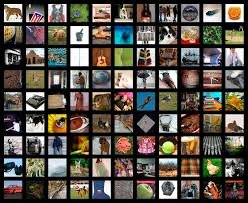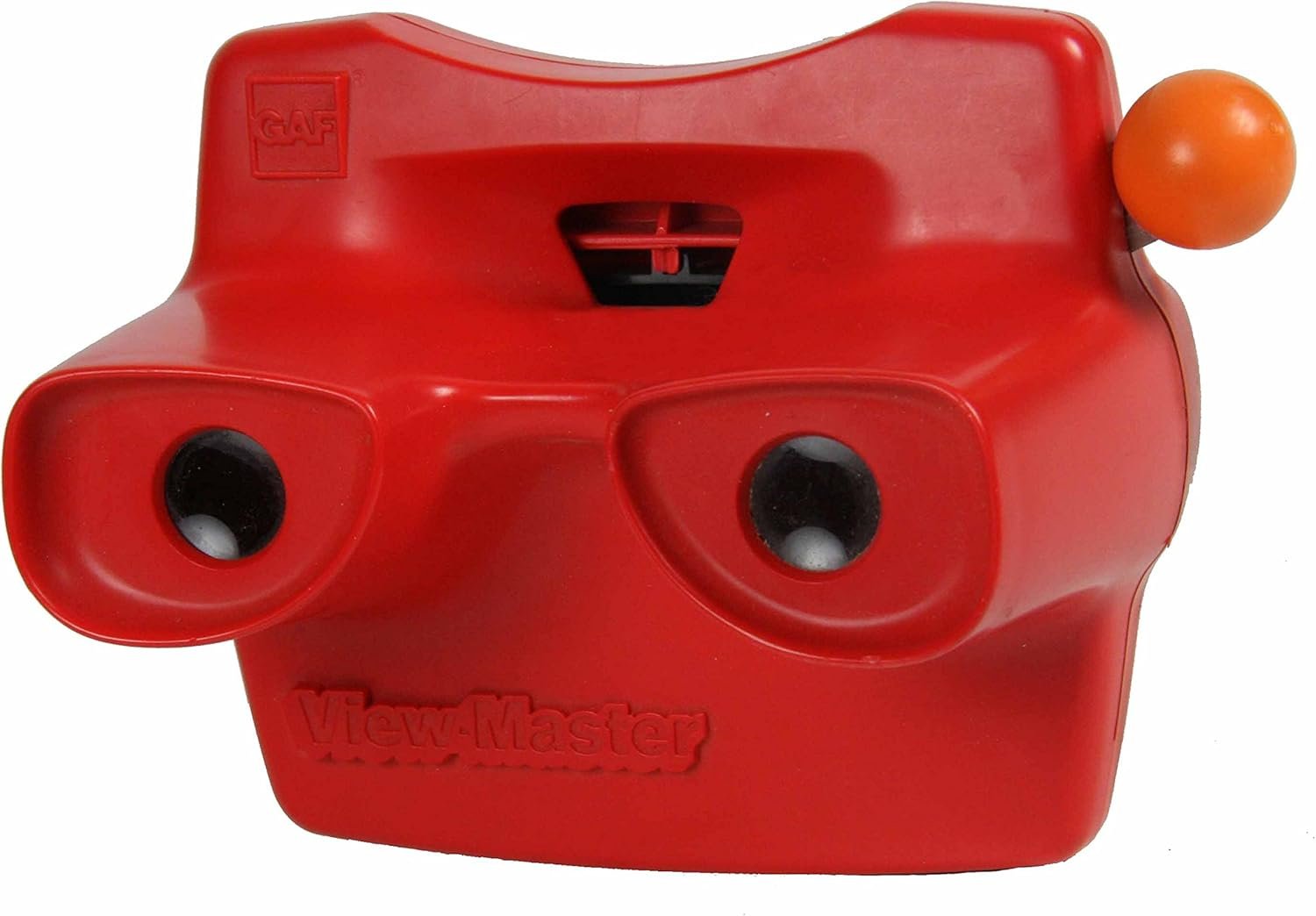Selected Publications
-

Photography and AI: Why it Matters, Though (Critical Inquiry)
Should AI-generated images that look photographic count as photographs? In this polemic response I argue that this question is like the meme about hot dogs and sandwiches — everyone has an opinion, because there’s not one stable definition of photography. And I suggest the impact of AI offers opportunities to reconsider what has always been, and still is, at stake in its ongoing re-defintion.
-

From Stereoscopic Depth to Deep Learning (Deep Mediations, Minnesota Press)
Early photographic strategies for capturing the depth that otherwise escapes the flat image both anticipate and point beyond current, algorithmic techniques to collect and rearticulate the visible world with machine vision.
-

Depth Readings: Ken Jacobs' Digital, Stereographic Films (Journal of Cinema and Media Studies)
Digitally composed from stereo photographs over a century old, Ken Jacobs' 2006 "Capitalism" films unsettle spatiotemporal relationships that structure not only photographic and cinematic representation but also historical perspective. They explore formal and conceptual problems of depth that have driven his career-long experiments in "paracinema."
-

Whole world within reach: Google Earth VR (Journal of Visual Culture)
If 'the whole world’ – which exceeds individual perception – can only be conceived through aesthetic logics, what do the particular aesthetics of Google Earth VR tell us about the way our world is imaged and imagined today? What does the disorienting experience it offers suggest about contemporary entanglements of perception and representation, body and world, the individual here-and-now and a global everywhere-at-once?
-

Felt Surface, Visible Image: Lorna Simpson's Photography and the Embodiment of Appearance (Photography and Culture)
Recalling historical and theoretical connections between hair and photography, Lorna Simpson's work on felt is structured by a broader investigation of how the surface of the body and the photograph relate, how identity becomes embodied and represented as visible.
-

A History of Presence (Art in America)
Facebook has promised to deliver "the magic of presence" through neural interfaces connecting brains directly to computers. But, this promise of embodied "presence" has been re-articulated through changing media: from the camera obscura and magic lantern, through the nineteenth-century's panoramic and stereoscopic formats, and in today's emergent forms of AR and VR.
-

I See the Moon, The Moon Sees Me: Trevor Paglen's Satellite Views (Media-N)
Trevor Paglen's The Other Night Sky uses algorithmic strategies to create astrophotographs of secret surveillance satellites. It presents a global infrastructure that circulates around the planet, and structures everyday visibility while also attempting to transcend it.
-

The Dimensional Image: Overlapping Dimensions of Stereoscopic, Cinematic, and Digital Depth (Film Criticism)
Between the emergence of photography and cinema, hybrid formats—such as 3-D zoetropes, stereopanoramas, and 'time studies'—combined stereographic and cinematic strategies of spatial and temporal depth. Contemporary media artists invoke these experiments with digital techniques that merge the pre- and post-cinematic.
-

Nature at a Glance: Immersive Maps from Panoramic to Digital (Journal of Early Popular Visual Culture)
A media archeology of walk-in globes--from 19th century georamas and celestial spheres to gigapixel digital displays. How do immersive models of the entire earth and sky propose changing conceptions of how reality is structured and how aesthetic mediation could help us grasp it?
-

Picturing Networks: Railroads and Photographs (aModern)
A ‘network archeology’ of railroad photographs. Today we tend to visualize networks in terms of digital media. In the Post-Civil War United States, two new technologies met in a different kind of network visualization. Ordered sets of photographs following train lines under construction worked to consolidate and visualize a new “union” from east to west.
-

Immersion (Debugging Game History, MIT Press)
Histories of immersive media can suggest an evolution—from panoramas and stereoscopes through 3D cinema and contemporary VR. But what if the fantasy and metaphor of immersion also changes, as changing technologies restage ideas of presence?